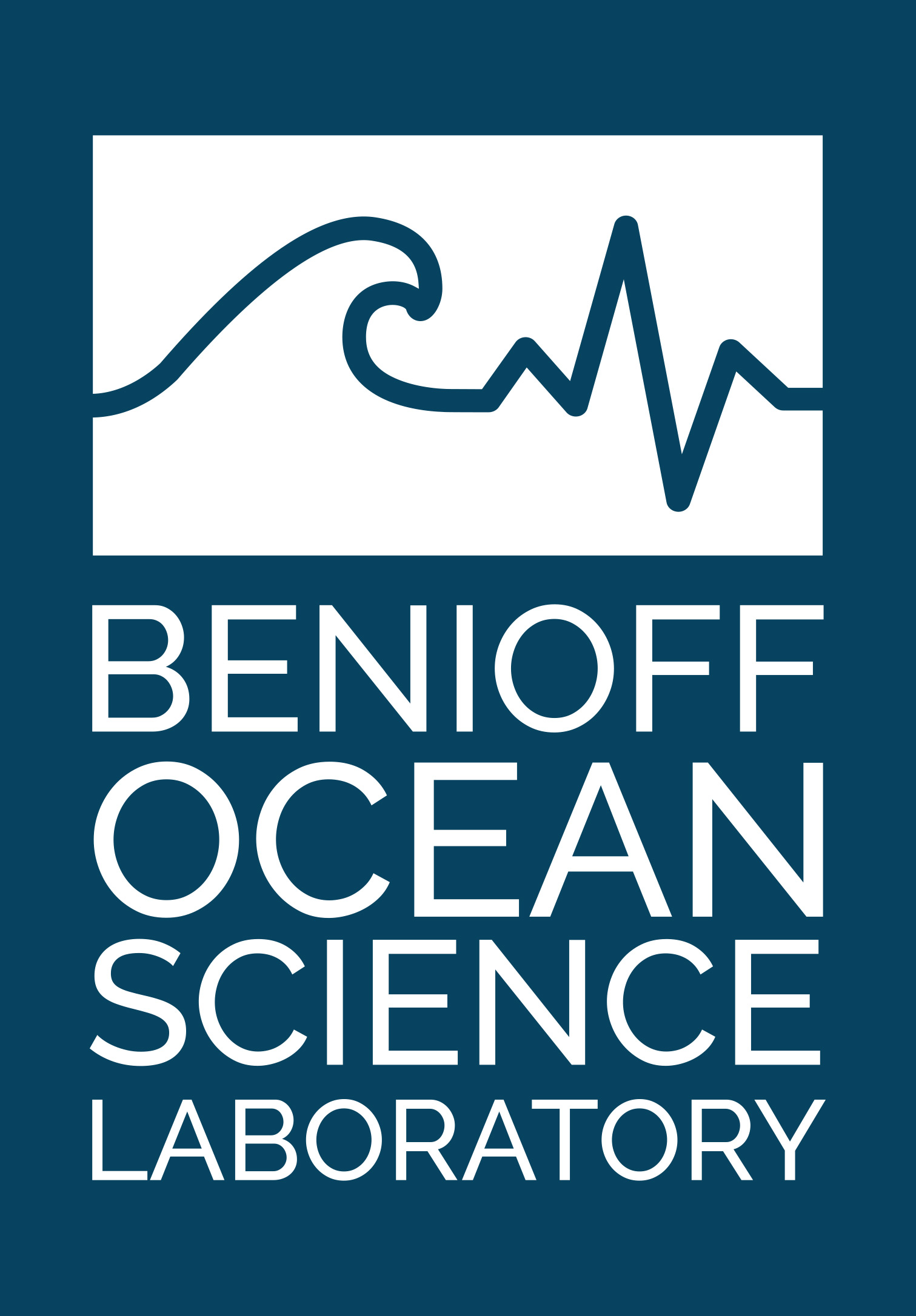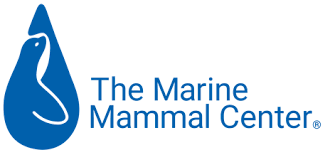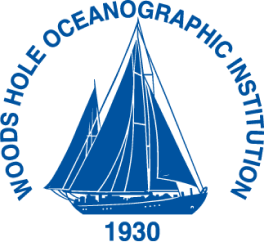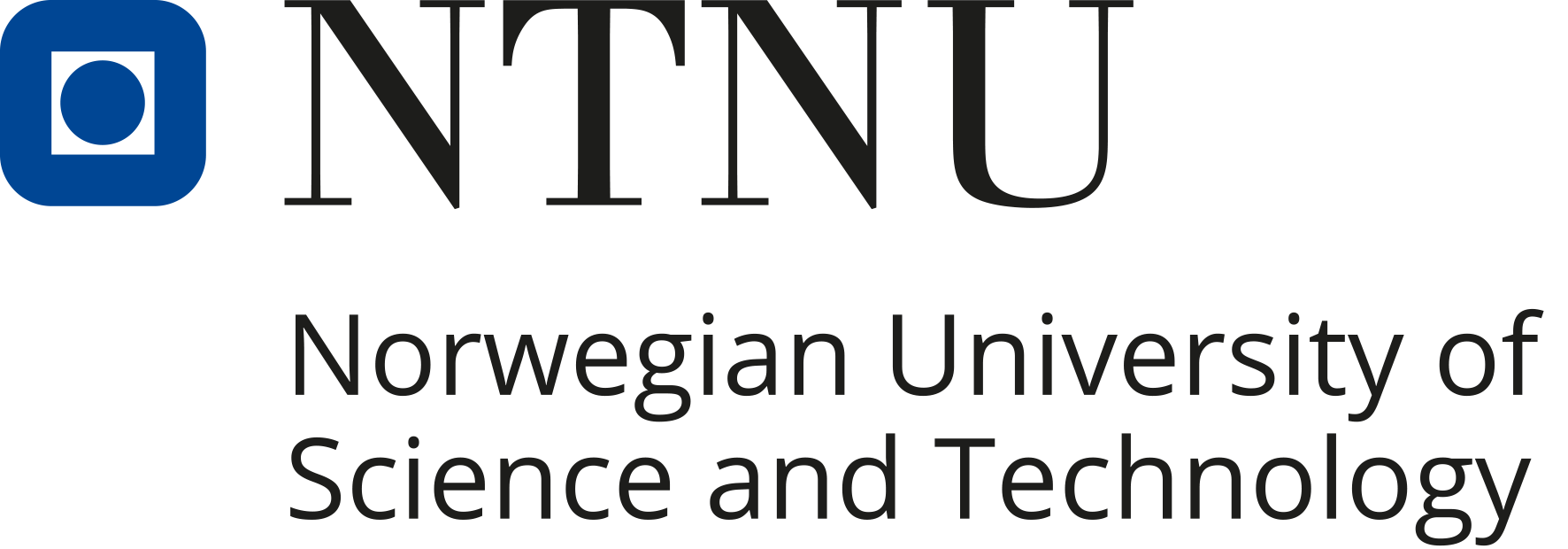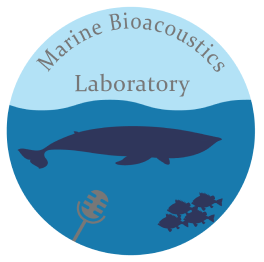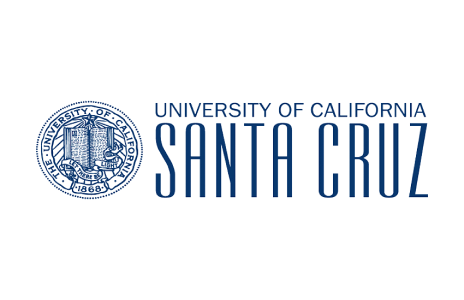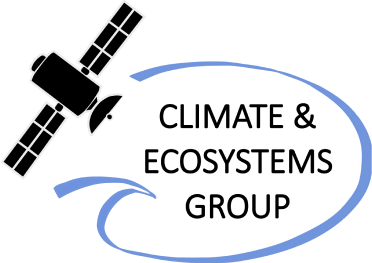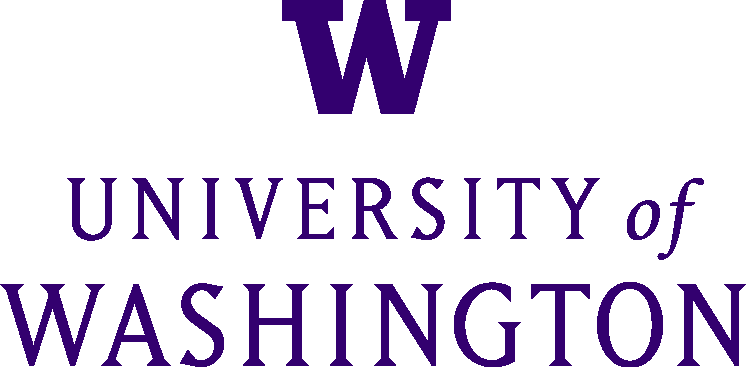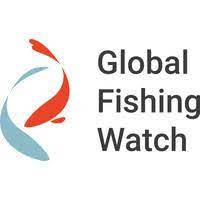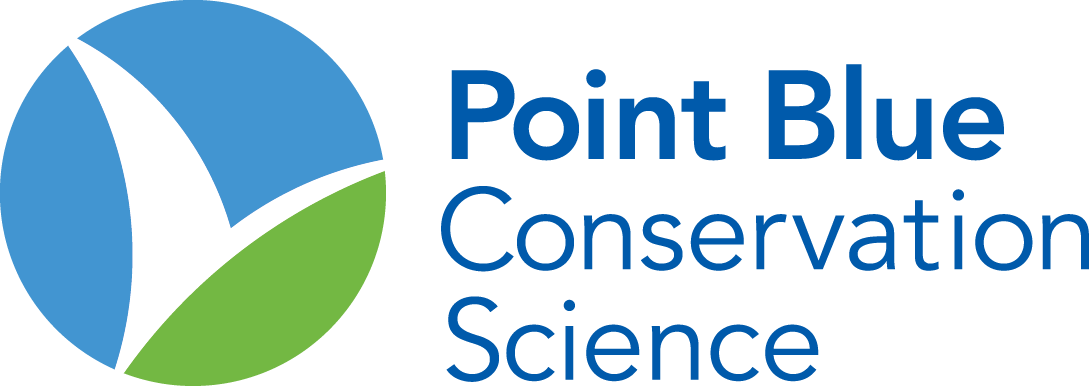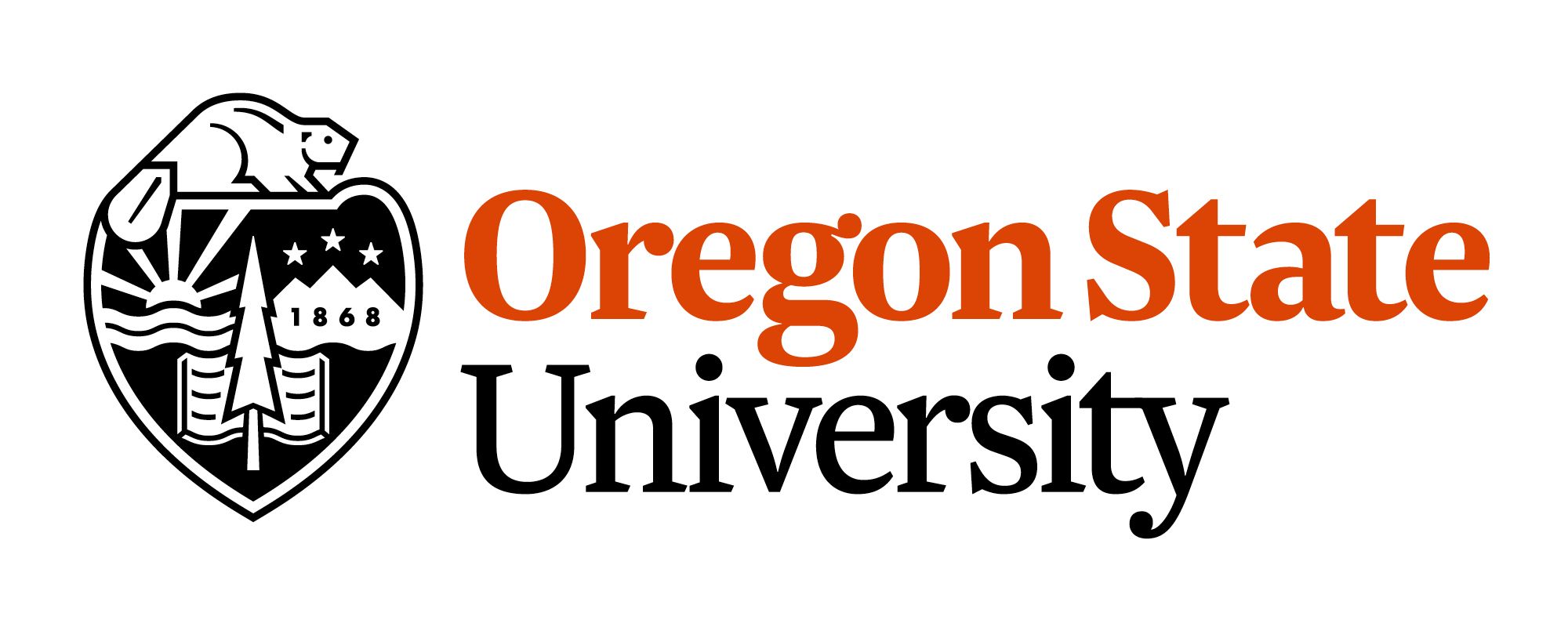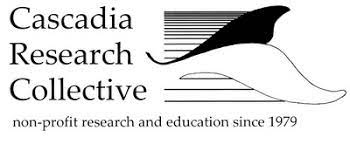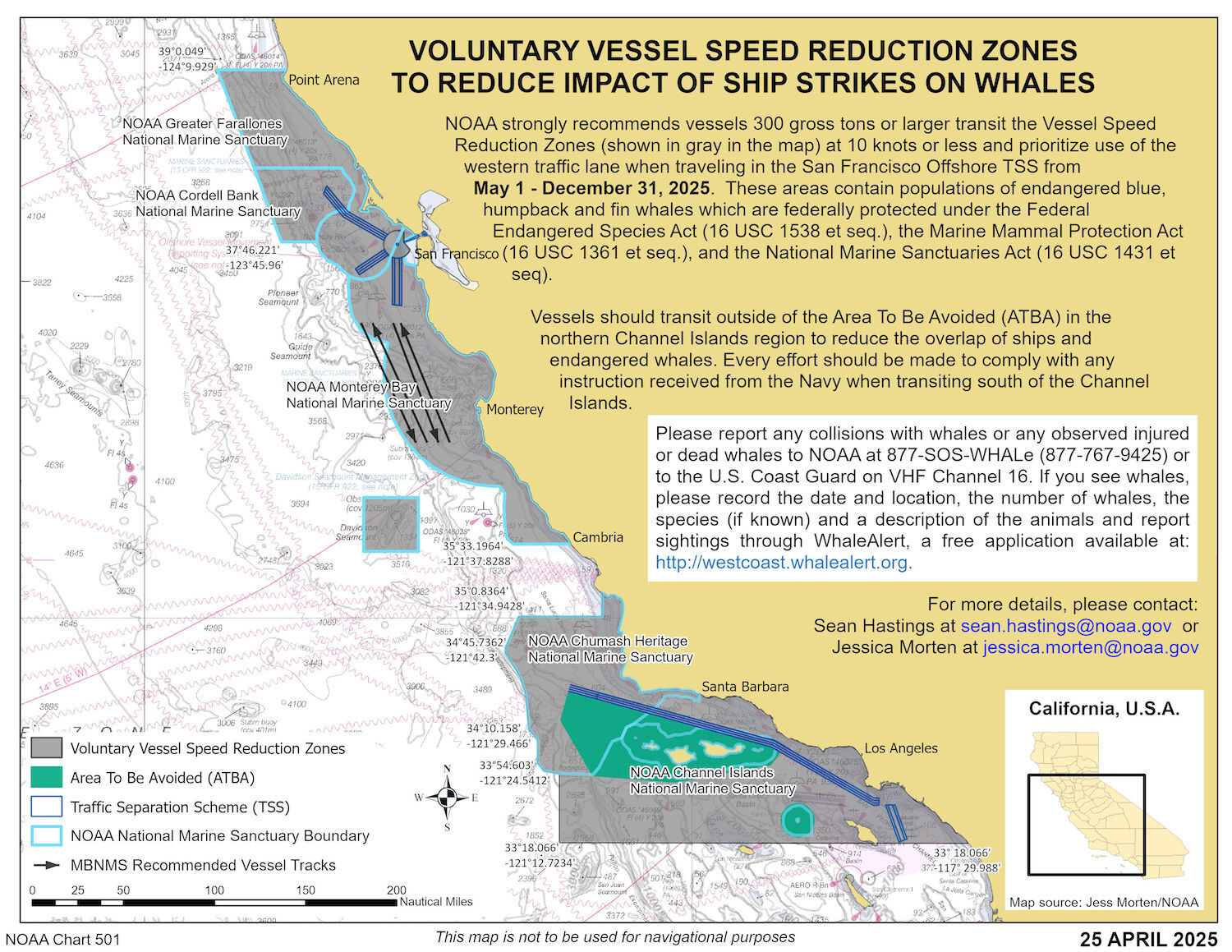About Us
The University of California Santa Barbara’s Benioff Ocean Initiative is working with leading whale scientists from Woods Hole Oceanographic Institution, Norwegian University of Science and Technology, the University of California Santa Cruz, University of Washington, NOAA’s Southwest Fisheries Science Center, Conserve IO, The Marine Mammal Center, Point Blue Conservation Science, and Cascadia Research Collective to track whale and shipping activity to provide the best available science to reduce the risk of whale-ship collisions. Ships that slow down in important whale habitats can save whales while also reducing air pollution, greenhouse gas emissions, ocean noise and other harmful environmental impacts.
- Acoustic Detection of Whales: Dr. Mark Baumgartner’s team from Woods Hole Oceanographic Institution and Dr. Ana Širović’s team from Norwegian University of Science and Technology have designed, deployed, and maintained the passive acoustic monitoring system to identify, classify, and report the sounds of blue, humpback, and fin whales in near real-time (Baumgartner et al. 2019).
- Blue Whale Habitat Modeling: Dr. Elliott Hazen and Dr. Briana Abrahms have led a team of researchers from University of Washington, UC Santa Cruz, Oregon State University, and NOAA’s Southwest Fisheries Science Center to develop a fine-scale dynamic model that uses ocean data to make daily predictions of blue whale habitat (Abrahms et al. 2019).
- Visual Whale Sightings: Whale sightings are collected and provided by the Channel Islands Naturalist Corps, researchers from Point Blue Conservation Science, The Marine Mammal Center, and trusted observers from whale watch vessels in both regions using the Whale Alert and Spotter Pro mobile apps. Channel Islands National Marine Sanctuary staff collect and provide data from monthly aerial monitoring of the shipping lanes in the Santa Barbara Channel.
Expansion Partnership:
- The Benioff Ocean Initiative partnered with The Marine Mammal Center to expand Whale Safe to the San Francisco region
Acknowledgements:
- Flora Family Foundation for supporting acoustic data collection and validation.
- Students in the Designmatters program at ArtCenter College of Design, including Rina Shin who collaborated on the design of the Whale Safe logo, and Audrey Murty and Ivanna Zuo who developed supporting graphics.
- Global Fishing Watch for providing access to automatic identification system data.
- EcoQuants for assisting with automatic identification system data analysis.
- Conserve.io for providing access to sightings data collected through Whale Alert and Spotter Pro mobile apps.
- The Volgenau Foundation for supporting shipping lane aerial monitoring conducted by NOAA.
- The Marine Mammal Institute at Oregon State University, Cascadia Research Collective, and Point Blue Conservation Science for additional blue whale data
